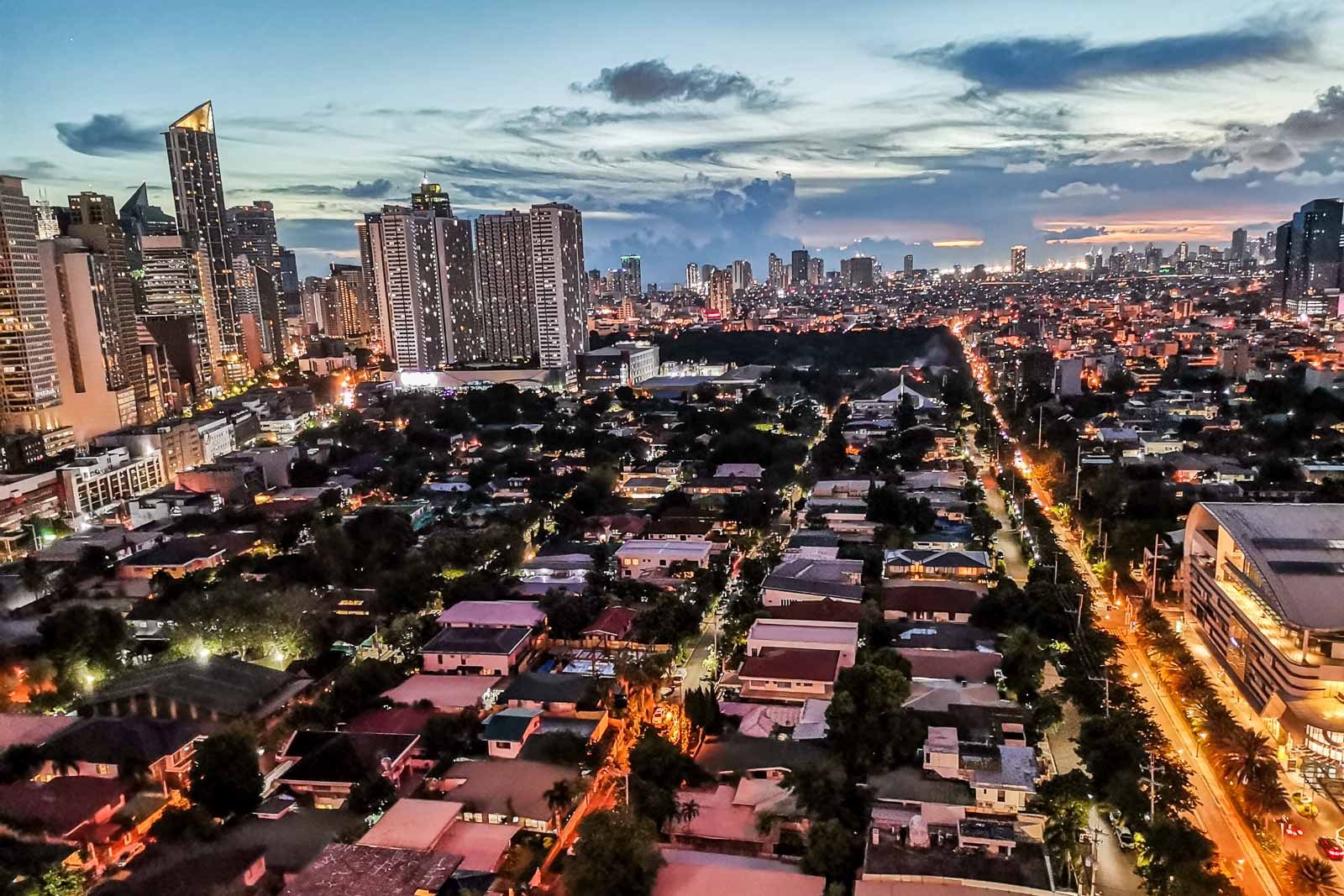SUMMARY
This is AI generated summarization, which may have errors. For context, always refer to the full article.

MANILA, Philippines – The Philippine economy posted slower-than-expected growth in the April-June period despite revenge spending and tourism recovery, as scorching inflation and government underspending weighed down economic recovery.
The Philippine Statistics Authority on Thursday, August 10, announced that gross domestic product (GDP) grew 4.3% in the second quarter, slower than the 6.4% posted in the first quarter and the 7.5% registered in the same period a year ago.
The latest figure is significantly below the 6% projected by analysts in a BusinessWorld poll.
It is also the lowest growth rate since the first quarter of 2021. Excluding the pandemic, it is the slowest growth rate since 2011.
The main contributors to the second quarter 2023 growth were:
- Wholesale and retail trade and repair of motor vehicles and motorcycles (5.3%)
- Financial and insurance activities (5%)
- Transportation and storage (17.3%)
Agriculture, industry, and services all posted positive growths in the second quarter with 0.2%, 2.1%, and 6%, respectively.
The National Economic and Development Authority (NEDA) said the moderate economic expansion in the second quarter was driven by increases in tourism-related spending and commercial investments.
The slower growth comes in an environment of high inflation and elevated interest rates. Year-to-date, inflation is at 6.8%, still above the government’s target range of 2% to 4%.
The government is aiming for GDP to grow by 6% to 7% in 2023, and 6.5% to 8% for 2024 to 2028.
For the first half of 2023, GDP growth is at 5.3%.
“To achieve the target growth rate of 6% to 7% for the year, the country’s GDP needs to grow by at least 6.6% in the second half of 2023. Notwithstanding the challenges, we believe this is still attainable,” said NEDA Secretary Arsenio Balisacan on Thursday.
‘Disappointing’
April Lee Tan, head of COL Financial Research, expressed her disappointment on Twitter.
“Contraction in government spending partly responsible for the decline in GDP growth. I don’t know how likely government can catch up in 2H to pull up the bad 2Q numbers,” she added.
Meanwhile, BPI chief economist Jun Neri said the narrative of the Philippines being the fastest growing economy in Southeast Asia is over.
ING Bank Manila senior economist Nicholas Mapa noted that capital formation was flat during the second quarter.
JC Punongbayan, Rappler resident economist and UP School of Economics assistant professor, pointed out that inflation adversely impacted household spending. The 7.1% contraction in government expenditure also reflected the slow implementation of infrastructure projects.
Government underspending
According to Balisacan, the contraction in government expenditure was partly due to the absence of election-related spending in the first half of the year.
“Government spending will accelerate in the coming quarters to allow us to recover our growth momentum,” the NEDA secretary said.
Government spending is an important component of GDP, the total monetary value of all the finished goods and services produced within a country’s borders in a specific time period, yet agencies have been slow in using funds.
Finance Secretary Benjamin Diokno earlier said agencies’ budgets were increased significantly, but underspending remains an issue. Budget Secretary Amenah Pangandaman already told agencies to avoid underspending, given the country’s limited fiscal space.
The government missed its P2.6-trillion expenditure program by 6.6%, while spending inched up by just 0.4% to P2.41 trillion from January to June, according to data from the Bureau of the Treasury.
“Government agencies, including local and regional government entities, are encouraged, if not instructed, to formulate catch-up plans, accelerate, and even frontload the implementation of said programs and projects. Line agencies already have their catch-up plans and are enjoined to implement these urgently,” the economic managers said in a joint statement. – Rappler.com
Add a comment
How does this make you feel?
![[EDITORIAL] Apat na taon na lang Ginoong Marcos, ‘di na puwede ang papetiks-petiks](https://www.rappler.com/tachyon/2024/07/animated-bongbong-marcos-2024-sona-day-carousel.jpg?resize=257%2C257&crop=280px%2C0px%2C720px%2C720px)
![[In This Economy] Delulunomics: Kailan magiging upper-middle income country ang Pilipinas?](https://www.rappler.com/tachyon/2024/07/in-this-economy-upper-middle-income-country.jpg?resize=257%2C257&crop=421px%2C0px%2C1080px%2C1080px)

![[EDITORIAL] Marcos Year 2: Hilong-talilong](https://www.rappler.com/tachyon/2024/07/animated-bongbong-marcos-2nd-sona-carousel.jpg?resize=257%2C257&crop=136px%2C0px%2C720px%2C720px)
![[Newspoint] A fighting presence](https://www.rappler.com/tachyon/2024/07/thought-leaders-a-fighting-presence.jpg?resize=257%2C257&crop=441px%2C0px%2C1080px%2C1080px)
There are no comments yet. Add your comment to start the conversation.